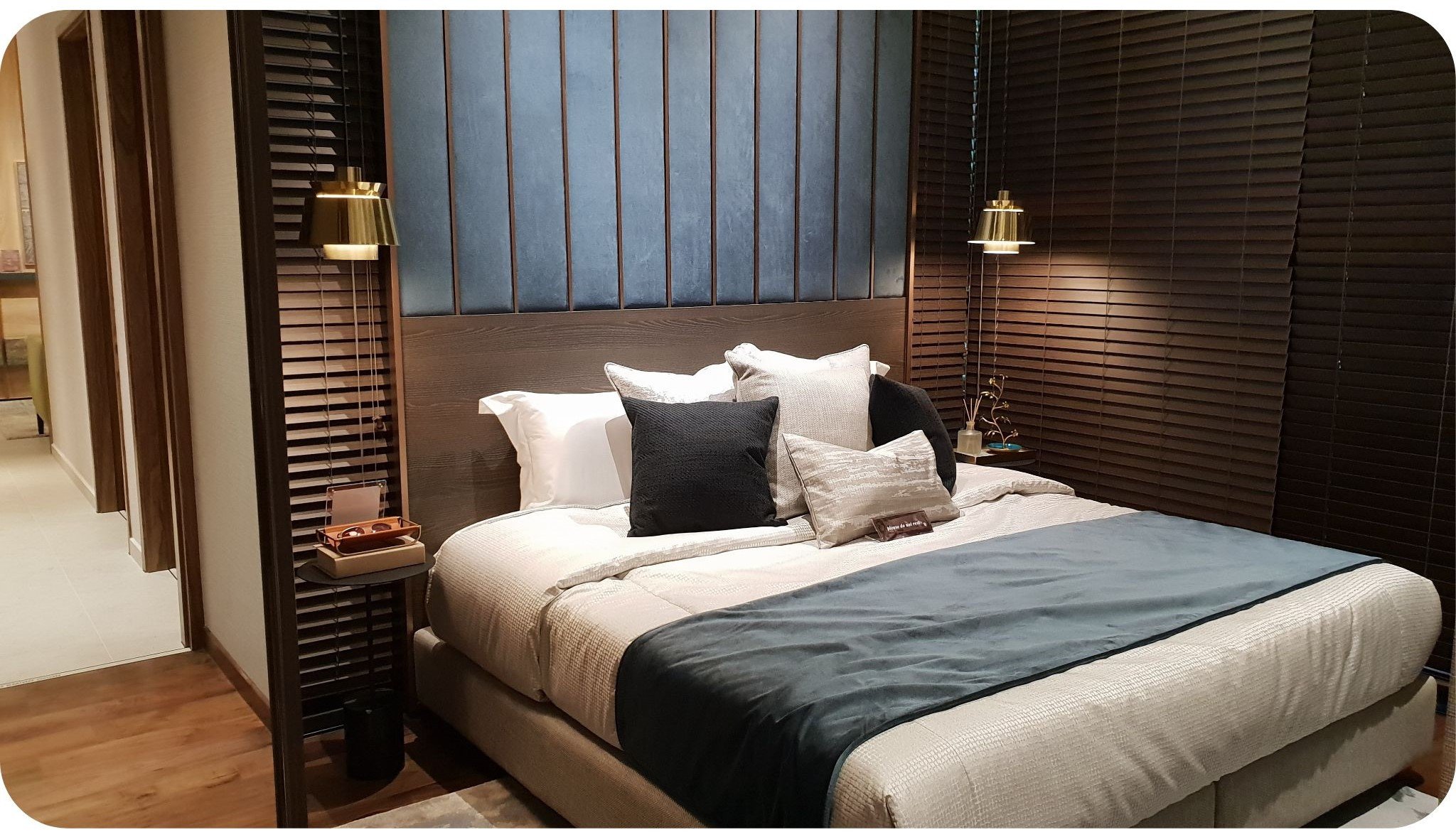What is ICF Construction?
Yet, another acronym for Property Developers remember!
Insulated Concrete Forms can be a method that offers a faster and more efficient way to construct new builds. In this blog, we will explore the benefits of ICF construction and highlight how it works, its benefits against traditional building and why it might be worth considering for your next construction project.
If you'd like a no-obligation consultation for your site, please get in touch with our associate Global V Tech via the marketplace >Book Free Consultation

So, what is ICF Construction?
Insulated Concrete Forms construction utilises insulated forms or moulds, typically made of foam insulation, that are stacked to form the shape of the walls of a building. Concrete is poured into these forms, solidifying the structure with a robust and energy-efficient envelope. This method provides structural integrity and superior insulation compared to traditional building methods.
Below are the Components pieces in ICF
- Insulating Materials: Usually made from expanded polystyrene (EPS) or similar materials, offering high thermal resistance.
- Concrete: Provides strength and durability, making structures resistant to natural disasters such as hurricanes and earthquakes.
- Formwork: Temporary or permanent moulds into which concrete is poured. In ICF construction, these moulds also serve as the permanent thermal barrier.
Benefits of ICF Construction
- Energy Efficiency: ICF walls significantly reduce energy bills due to their superior insulation properties.
- Durability: Structures are known to withstand extreme weather conditions, providing a longer life span with less maintenance.
- Soundproofing: Offers excellent acoustic insulation, creating a quieter indoor environment.
- Fire Resistance: Concrete provides a fireproof barrier, significantly enhancing building safety.
- Eco-friendly: Reduces carbon footprint by lowering energy usage and utilizing materials that are often made from recycled products.
ICF Construction Techniques
- Foundation to Roof: ICFs can be used for not only walls but also floors and roofs, providing a consistent insulation layer throughout the home.
- Design Versatility: ICFs can be cut and shaped to fit any design specification, making them suitable for a wide range of architectural styles.
ICF Construction and Sustainability
- Reducing Energy Consumption: By improving thermal efficiency, ICF decreases the need for heating and, cooling.
- Long-term Sustainability: The durability of ICF construction means less resource depletion over time due to fewer repairs and rebuilds.
Cost Analysis of ICF Construction
- Initial Investment vs. Long-term Savings: While the initial cost may be higher than traditional construction, the long-term savings on energy bills and maintenance can offset this.
- Potential for Tax Incentives: Many regions offer incentives for energy-efficient construction, potentially reducing overall costs.
For more information on how ICF construction can be used to build your sustainable, energy-efficient home, contact SHEDyt or if you're ready for a survey then purchase a site survey here > Book Site Survey
(MC064a)
Make Your Business Online By The Best No—Code & No—Plugin Solution In The Market.
30 Day Money-Back Guarantee
Say goodbye to your low online sales rate!








